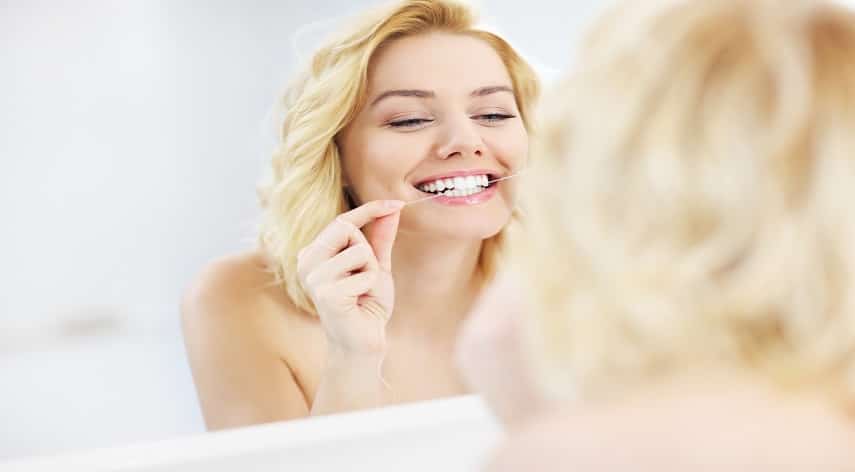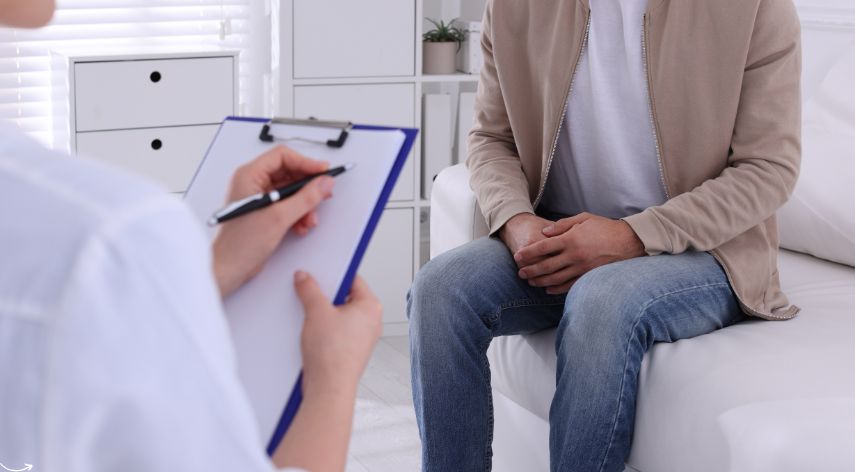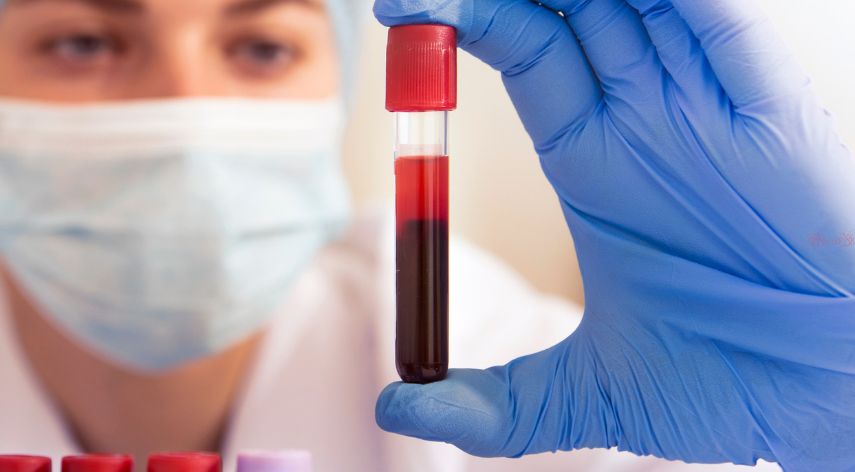How to Build an Effective Oral Hygiene Routine

Do you want to know the secrets to an effective oral hygiene routine?
Everyone develops bad breath and plaque at some point in their lives. They’re a sign of poor hygiene, so you need to start thinking about going to the dentist.
You need to find a dentist before you need one. Arrange your appointments, and learn how to improve your method before you begin going in.
Here’s our guide on how to develop good oral hygiene before it’s too late.
Table of Contents
ToggleBrush Twice a Day for Maximum Benefits
The best time to brush your teeth is after meals, as this will help remove food particles and prevent plaque buildup. You should use a soft-bristled toothbrush and fluoride toothpaste to gently brush the teeth, making sure to cover the outer, inner, and chewing surfaces of all teeth.
Brush up and down using small, gentle strokes and also make sure to brush your tongue. After brushing, you should use dental floss to remove plaque and food particles in between your teeth.
Floss for Complete Cleaning
First, it is important to select the best floss for your needs. Floss comes in an array of sizes, textures, and flavors and is either waxed or unwaxed. Choose a floss that will be comfortable for you to use and won’t irritate your gums.
Next is to floss at least once a day, preferably after brushing your teeth. It is also beneficial to floss before bed because more bacteria can form in the mouth overnight. To use the floss, separate about 18-20 inches of floss and wrap it around the index and middle fingers of both hands.
Introducing Mouthwash for an Extra Clean Feeling
Mouthwash is essential to building an effective oral hygiene routine, as it helps to reduce bacteria, preventing tooth decay and bad breath. Introducing mouthwash into your daily routine is a great way to achieve an extra clean feeling every day.
When using, it is important to make sure you carefully follow the instructions on the packaging, making sure not to swallow the product. To reap the full benefits, it is best to use after brushing and flossing to flush away any remaining food particles.
Utilize Interdental Cleaners for Added Protection
Utilizing interdental cleaners for added protection can improve your oral health by reaching into places that a dental floss or toothbrush cannot reach. To effectively use interdental cleaners, combine them into your existing oral hygiene routine.
Start by brushing your teeth with a toothbrush, then rinse with water. Afterward, use an interdental cleaner such as small wooden or plastic picks, water flossers, or interdental brushes to reach between the teeth and below the gum line.
Create a Regular Checkup Schedule for Progress Monitoring
Building an effective oral hygiene routine and creating a regular checkup schedule to monitor progress is essential for a healthy and attractive smile. Visit dental care services linked here twice a year for professional cleanings and checkups. This is necessary in order to measure and gauge if the routine you are doing is working or not.
Read More About Oral Hygiene Routine
Having a regular and effective daily oral hygiene routine is essential for maintaining good oral health and avoiding costly dental problems in the future. Start by brushing and flossing at least twice daily, along with the periodic use of mouthwash and scrapping with a tongue scraper. Lastly, reach out to your dentist today for the best oral hygiene routine!
Check out our other blog posts for more health and lifestyle tips.
Pankaj Majumder, a seasoned Civil Engineer, combines technical expertise with a passion for innovative infrastructure solutions. With a strong academic background and diverse project experience, he excels in creating sustainable and resilient structures that shape the future of urban development.
Recommended For You
Spread the loveHealth screening is a vital part of preventive healthcare which plays a crucial role in the maintenance of
Spread the loveSexual health is an essential aspect of personal well-being. If you’re based in London and need STI testing,
Spread the loveIn today’s fast-paced world, managing your health effectively is more important than ever – especially for those of



